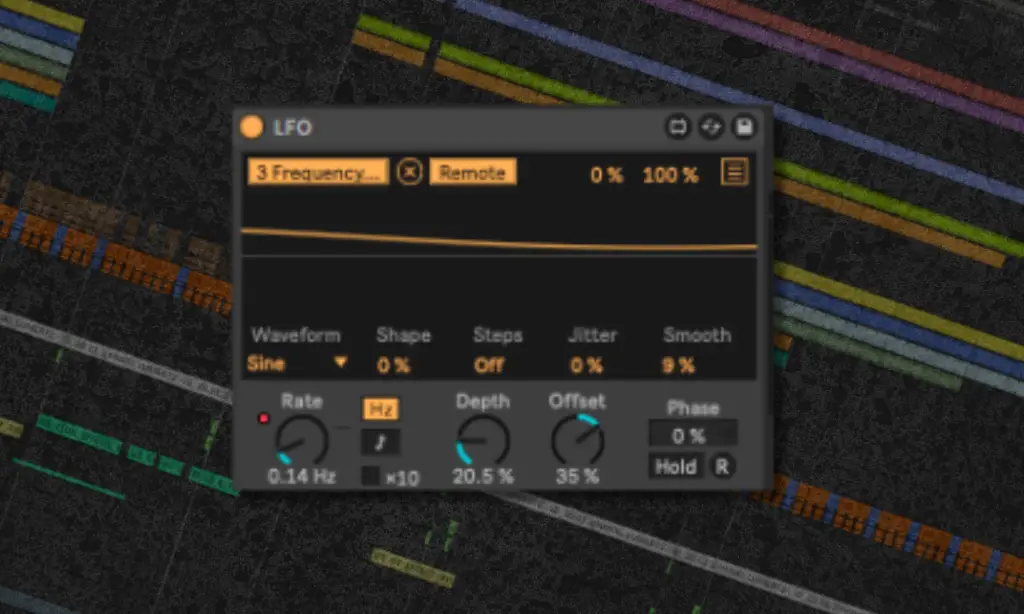Table of Contents
LUMERTZ, a Brazilian-Italian DJ and music producer, has rapidly emerged as a prominent figure in the techno music scene. Born and raised in southern Brazil, LUMERTZ’s musical journey began early, inspired by his musician father and enriched by his proficiency in various instruments such as the flute, drums, guitar, and piano. At 12, a cousin introduced him to DJing, igniting a passion that would define his career.
Despite initially pursuing a degree in architecture and urban planning, LUMERTZ’s clubber experiences and deepening love for techno, particularly the Detroit roots and hypnotic European sounds, steered him towards music production. We’re glad his career took this turn because he’s making some of the best raw and hypnotic techno in the underground scene.
For this reason, I wanted to bring him on to chat about some of his latest productions, his favorite plugins, and another studio tool, the newest iteration of How It Was Made: LUMERTZ – Domino Effect. As always, listen to the track a few times to acclimate your ears to what he’ll be sharing throughout the rest of the article, and let’s dive into the production secrets!

Pigments

One of my favorite VST plugins to produce is the Arturia Pigments. It’s a 3 oscillator synth where each engine can be used with 5 types of synthesis (wavetable, analog, sample/ granular and harmonic).
In Domino Effect, I used it mostly to create textures, ambiances, effects, and some percussion. I most use wavetable and granular synthesis. The granular, in particular, is something that I love because I can generate very interesting and creative textures that, when re-sampled or layered with other sounds, help me bring more depth and richness to the sounds.
It also comes with several presets, which I love to use as a base for new things, tweaking the filters, envelopes, detune, and LFOs a lot.
Learn More About This Plugin Here 🔥
Decapitator

I think the Decapitator is one of the most loved saturators out there by producers. If it wasn’t for the contrast between elements in the mix, I believe I would use it in everything, but I usually reserve it for some main elements like the kick, some drums, and parallel saturation for the synths.
I like to test its presets in each element and its different modes to see how much color it can add to the sound without destroying it completely (unless that is the intention, which is not very common). I usually use more in default mode and the beefy preset, which brings a very nice punch and preserves more of the transients.
I would recommend this plugin to all producers, just like the Soundtoys bundle; it’s a fantastic combo.
Learn More About This Plugin Here 🔥
ML – 185 Sequencer

The ML-185 Sequencer is a straightforward Max for Live device that randomizes 8 notes.
I particularly love this one for its simplicity and for how it can help to make sounds sound unique, even if I’m using presets or samples.
In this track, I basically randomized its notes with some random presets until I could find an interesting combination that, when layered with other sounds, would bring me the textures I was imagining.
LFO

A LFO is a very simple and exciting tool that, like the name suggests, creates a rhythmic pulse in the frequencies and modulates the parameter of the sound that is set to.
This particular type of hypnotic sound is a ‘must-use’ tool. It’s always present in my productions and helps me bring movement to sounds that would usually sound extremely repetitive. I would suggest to people who are venturing into the use of this tool to be as creative as possible; after all, the possibilities of use are limitless.
TIPS FOR HYPNOTIC TECHNO
TIP #1 – Layering
It’s a very mental music, different sounds combined to enrich each other. Make it sound unique while alone and together.
TIP #2 – Groove groove groove
It’s dance music, you dance to the beat. Have an interesting groove to keep the people dancing, no matter how mental your sound is.
TIP #3 – Find your own workflow/ pace
Don’t try to copy someone else’s workflow. Find your own, stick to it and after mastering that, allow yourself to explore different ways to produce, be that exploring hardware or collapsing with other producers and learning how they do it
TIP #4 – The aesthetic of the style is sovereign
Observe how other producers are making their tracks, identify the aesthetic of the style, and stick to it. Only when dominating the basics, is there space to innovate. To be ‘inside the box’ of the style isn’t something bad; there is always space to sound unique
TIP #5 – Less is more
Because it is a very simple and minimalistic style, there is no need for heaps of things, of course you can have a lot, but learn how to do more with less. It will make you explore more the possibilities of each individual sound alone and combined with others, explore delays, reverbs, multiband saturation, etc
The post How It Was Made: LUMERTZ – Domino Effect [EvilGroove] appeared first on Magnetic Magazine.



